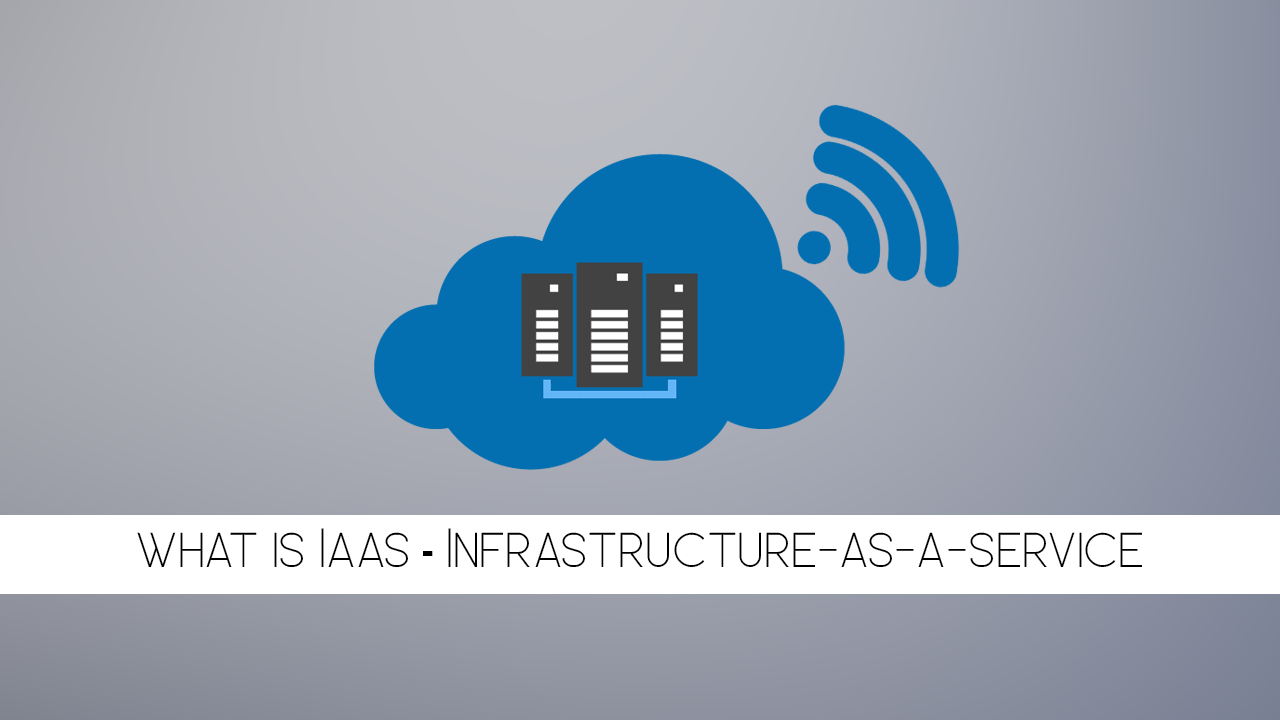Table of Contents
If you have been searching high and low for a quick and easy explanation of SaaS — Software-as-a-Service, PaaS — Platform-as-a-Service, and IaaS — Infrastructure-as-a-Service. This article will break down each of these different models into straightforward, easy to understand sections. Explaining the major differences between each and their use cases.

How to Enable Tab Freeze in Google Chrome to Reduce Ram Usage.
Each and every day more and more businesses are moving their systems into the cloud, transferring from local hardware in favour of virtual infrastructure. That said, it’s not only hardware that is moving to the cloud, with almost every modern application, program, and service now including something that relies on the cloud to function, even if it is only syncing capabilities. As a result, you’ll start to see a lot more abbreviations like Saas, Paas, and IaaS in the modern tech world. Seeing as they probably sound a little complicated let’s discuss them individually in a little more detail below.
What Do All These Abbreviations Mean?
SaaS — Software-as-a-Service: Software or an application available on the Internet. What could it be? Just about anything! Mailing tools, website analyzers, image-processing services, ERP systems, and so on. Using SaaS solutions, you only use the service; with the provider taking full responsibility for its maintenance, software updates, and of course hardware upgrades.
PaaS — Platform-as-a-Service: Is a platform for use with limited functionality. The simplest example being a site builder.
IaaS — Infrastructure-as-a-Service: Is a rental infrastructure consisting of hardware and software. IaaS allows everyone to customize it for themselves by creating virtual computers, additional file storage, or developing their own software if needed. This service is more suitable for business as it is highly customisable. But can easily be utilised by individuals if needed.

When Do You Need IaaS?
IaaS, as we elaborated on above, is a business-orientated cloud solution that provides Infrastructure as a service, giving you all the necessary equipment, operating system licenses, and software. From there, corporate infrastructure is built from the ground up giving users the freedom to customise and use each aspect as needed. It’s also very cost-effective as all hardware maintenance is dealt with by the provider.
Today, there are hundreds of providers that offer these services with varying levels of support and complexity. For example, SIM-Networks offers customers its cloud infrastructure solution, SIM-Cloud IaaS. This model is a Public Cloud service, which allows each individual user to rent only the necessary resources required, yet at the same time does not interact with other users in any way. Because of this, this model is by far the most in-demand for small and medium-sized businesses.
Now It's Time to Discuss the Various Cloud Models.
Let's talk more about the Public Cloud. This model assumes that there is one cloud infrastructure shared among users, where each of the user’s rents a required amount of cloud resources and pays only for that. If required, later on, the resources can be expanded on or reduced depending on demand, with flexibility being key. It’s crucial that in a public cloud users do not overlap with each other, however physical hardware resources may be shared.
As a rule, large companies generally choose a Private Cloud systems, as big business is generally more secretive and prone to outside attack or compromises. With a private system, there is one cloud service, with only one company using it. And does not share any resources with other users, both hardware and software-based.
A hybrid cloud system combines both of the above types and is preferred for seasonal business when work and resource loads increase and decrease significantly during certain periods of the year. A hybrid cloud system is a combination of private and public, where private hosts the main infrastructure of the company (which is constantly in demand) And Public hosts any aspects that either increase or decrease in demand. It's also very common for a public system to host information that doesn't need to be heavily protected or isolated.
Although that was a brief overview, hopefully, it has broken things down and made them a little easier to understand. However, if you do have any more question or need to delve into specifics, you can find more details on the website of the cloud service provider.
